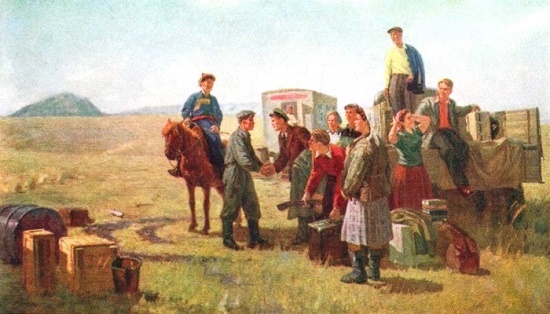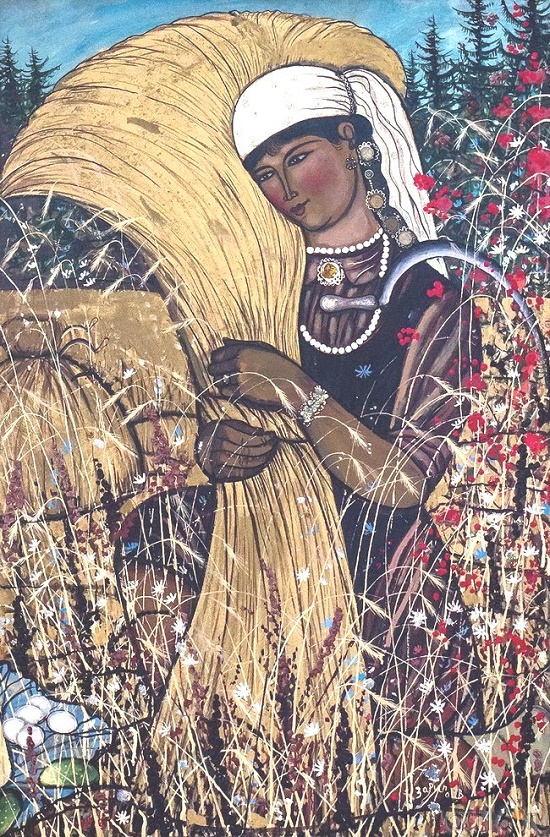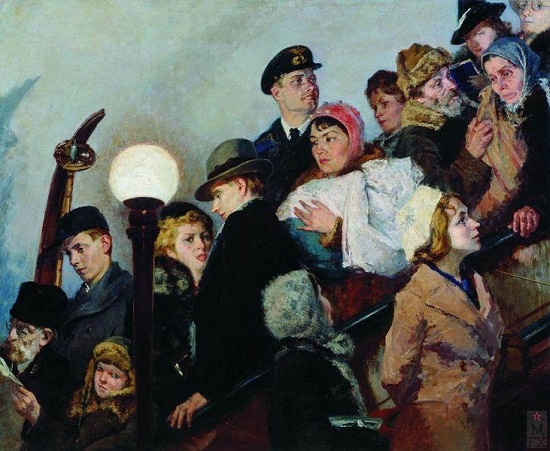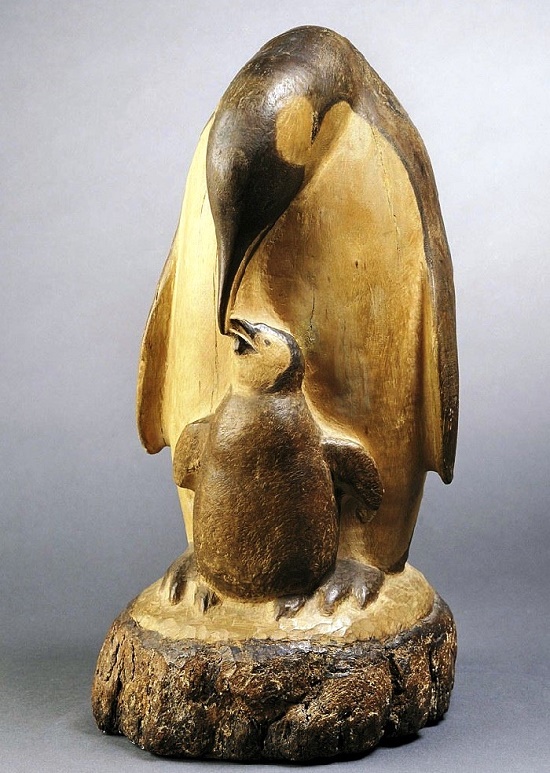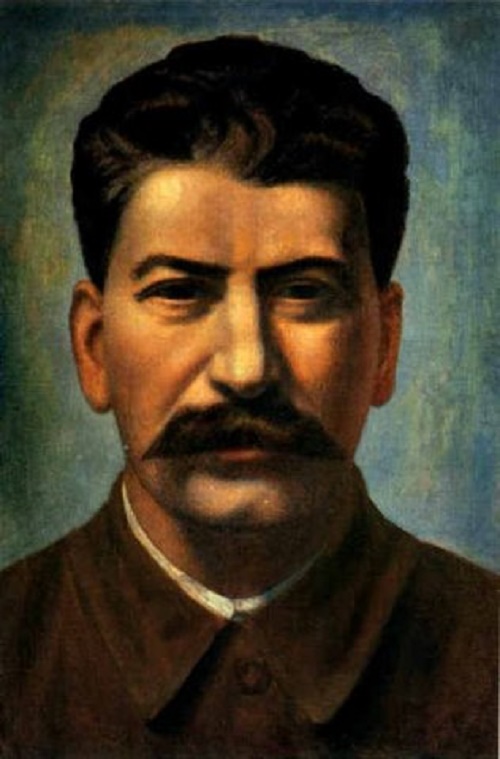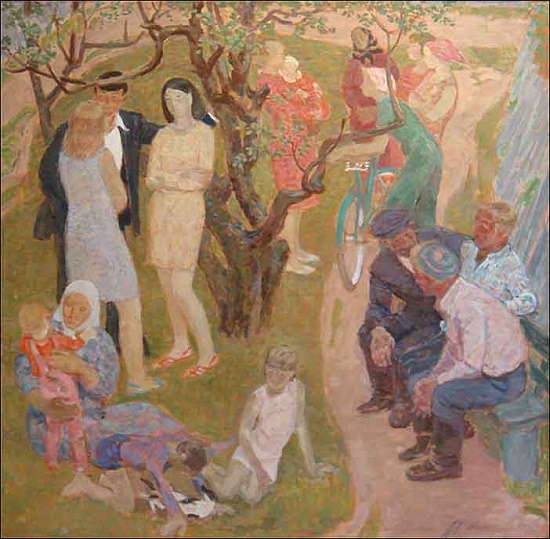Soviet Russian artist Alexandr Vasilievich Kuprin 1880-1960
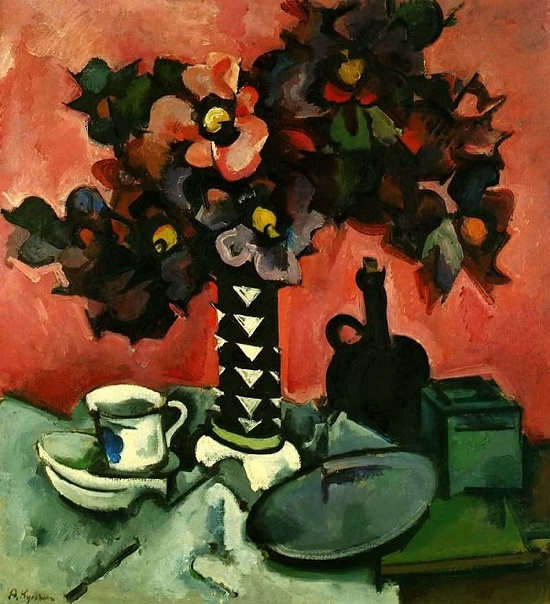
Pink, purple and black flowers on a pink background. 1926. Soviet Russian artist Alexandr Vasilievich Kuprin (1880-1960)
Soviet Russian artist Alexandr Vasilievich Kuprin
One of the greatest masters of Russian art of the first half of the twentieth century, Alexandr Vasilievich Kuprin was an outstanding master of industrial landscape. Also known as one of the active members of the famous association “Knave of Diamonds”, and a member of the association “Moscow painters.” His teachers were prominent artists, such as Konstantin Yuon, Abram Arkhipov and Konstantin Korovin.
Born in 1880 in Borisoglebsk, Alexander Vasilyevich Kuprin grew in Voronezh since the age of three. Here Kuprin studied and later worked as a clerk on the railway. Meanwhile, the attraction to art led him to the evening classes of the Society of Art Lovers. Then, having decided to become an artist, he went to Petersburg (1902). There he attended workshop of A.E. Dmitriev-Kavkazsky, but in 1904 he left Petersburg for Moscow. In Moscow he studied in the workshop of prominent artist Konstantin Yuon, and two years later – the Moscow School of Painting, Sculpture and Architecture. At the school, he turns out to be a very unruly student.
More »
